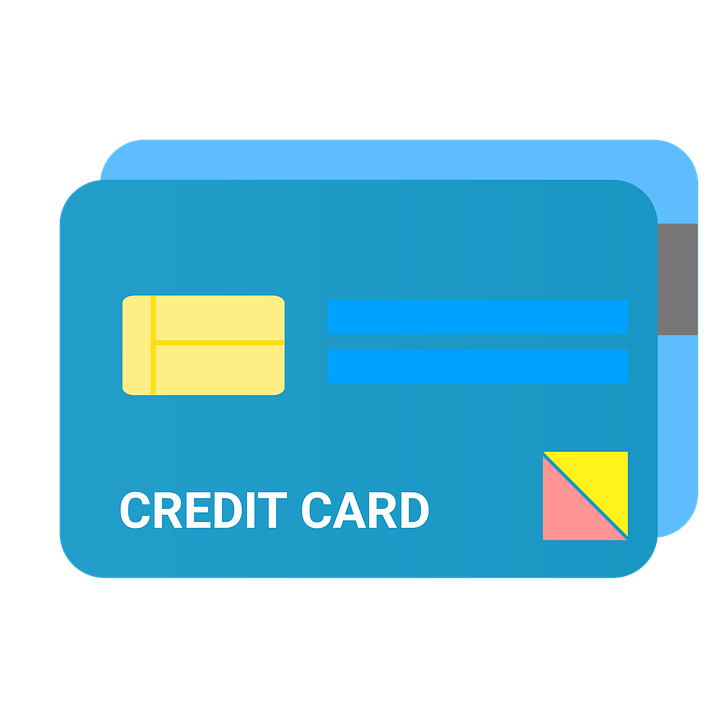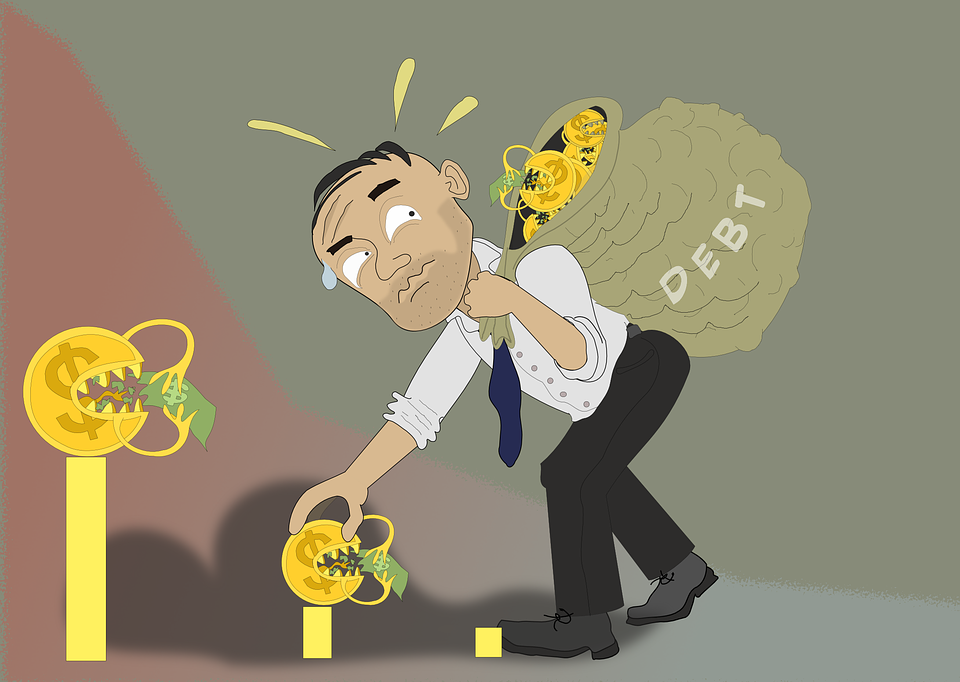Personal Loans for Bad Credit
Introduction:
When life throws financial curveballs, a personal loan can offer the much-needed support. However, if you have bad credit, navigating the loan landscape can feel challenging. But don’t worry—there are options tailored for individuals with poor credit scores. This guide will walk you through personal loans for bad credit, helping you understand your choices and how to manage them effectively.
What is a Bad Credit Score?
A bad credit score typically falls below 600 and signifies a poor history of repaying debts. This can make borrowing money more difficult and expensive due to higher interest rates and stricter terms.
Factors Affecting Bad Credit:
- Late payments
- High credit utilization
- Bankruptcy or defaults
- Consequences of Poor Credit Score: A low credit score impacts not only loan approvals but also affects interest rates and loan terms, making borrowing more costly.
Why Consider a Personal Loan with Bad Credit?
Considering a personal loan with bad credit can provide much-needed financial flexibility during emergencies or to consolidate debt. It offers a way to access funds even when traditional borrowing options are limited. By responsibly managing the loan, you can gradually improve your credit score and secure better terms in the future.
- Personal loans with bad credit can help cover unexpected expenses when other financial options are unavailable.
- They provide an opportunity to rebuild credit by demonstrating responsible repayment behavior.
- These loans offer quick access to funds, making them useful for urgent financial needs.
Types of Personal Loans for Bad Credit:
- Unsecured Loans:
These loans don’t require any collateral but come with higher interest rates. Ideal for small expenses or urgent needs. - Secured Loans:
These require collateral (e.g., a car or property), making them easier to qualify for, despite bad credit. - No Credit Check Loans:
These are offered without examining your credit history but often come with high fees and limited amounts.

Where to Get Personal Loans for Bad Credit?
Finding a loan when you have bad credit isn’t impossible—here are some options:
- Traditional Banks:
Banks may offer personal loans, but they tend to be more selective, especially for those with low credit scores. They typically have strict lending criteria and may require higher credit scores, stable income, and a good financial history. As a result, individuals with bad credit may face challenges in qualifying for a loan, and if approved, the terms could include higher interest rates and limited loan amounts. - Credit Unions:
Credit unions often provide a more personalized lending experience compared to traditional banks. They tend to focus on community and member needs, which can lead to more flexible lending terms. While they may still evaluate credit scores, they are often more lenient and willing to work with borrowers who have lower credit scores. Additionally, credit unions often offer lower interest rates and reduced fees, making them a good option for those seeking personal loans despite poor credit. - Online Lenders:
Online lenders specialize in providing personal loans for individuals with poor credit. These platforms are more accessible and offer quick application processes with fewer restrictions compared to traditional banks and credit unions. They may provide options like no credit check loans or loans with flexible repayment terms. However, borrowers should be cautious as online lenders may come with higher interest rates and fees, so it’s essential to compare multiple platforms before making a decision.
Qualifying for Personal Loans with Bad Credit:
- Minimum Credit Score Requirements
Different lenders have varying requirements, but typically a score below 600 is considered bad credit. - Income Requirements
Most lenders will require proof of a stable income to ensure loan repayment.
Interest Rates and Terms:
- Understanding APR
Annual Percentage Rate (APR) represents the total cost of borrowing, including interest and fees. - Impact of Bad Credit on Interest Rates
Due to increased risk, bad credit borrowers face higher interest rates—sometimes double or more than those with good credit. - Loan Terms and Repayment Plans
Short-term loans come with higher monthly payments, while longer terms spread payments out but may result in more interest paid over time.
Steps to Apply for a Personal Loan with Bad Credit:
- Research Lenders:
Compare various lenders to find the best terms. - Gather Necessary Documents:
Prepare proof of income, ID, and other required documentation. - Submit Application:
Complete the application process and wait for approval.
Common Challenges with Bad Credit Personal Loans:
- Higher Interest Rates
Borrowers with bad credit may face rates significantly higher than those with good credit. - Limited Loan Amounts
Lenders may approve smaller loan amounts due to perceived risk. - Shorter Repayment Periods
To minimize risk, loans for bad credit often come with shorter repayment terms.
Tips to Improve Your Chances of Approval:
- Monitor Your Credit Score:
Regularly check your credit report to understand where you stand. - Lower Debt-to-Income Ratio:
Reducing other existing debts can improve your application. - Provide a Co-Signer or Collateral:
A co-signer with good credit or offering collateral can increase approval chances.
Alternatives to Personal Loans for Bad Credit:
- Payday Loans
Short-term loans with high-interest rates, offering quick cash but at a high cost. - Credit Counseling Services
These services help manage debt through financial education and debt management plans. - Borrowing from Family and Friends
A more flexible but riskier option, offering lower interest rates but putting relationships at stake.

Conclusion:
Personal loans for bad credit offer a lifeline for those in need of immediate funds, despite a less-than-perfect credit history. By understanding your options and managing your loans wisely, you can improve your financial situation and pave the way for better opportunities in the future.
FAQs:
